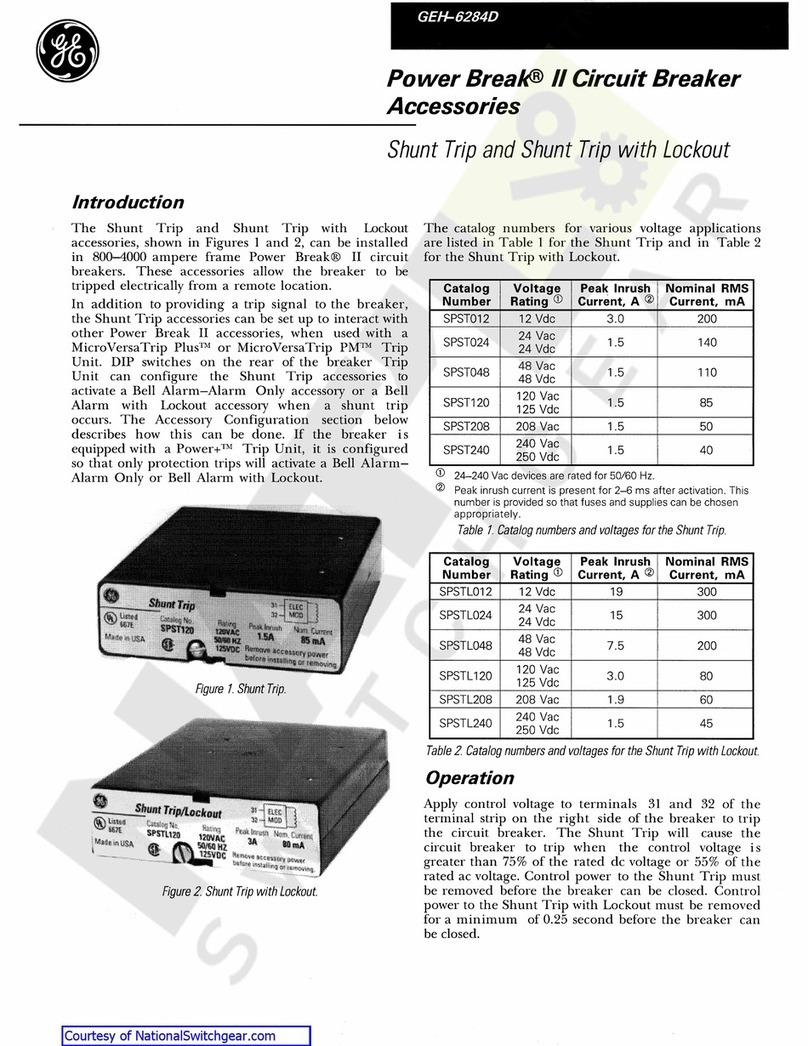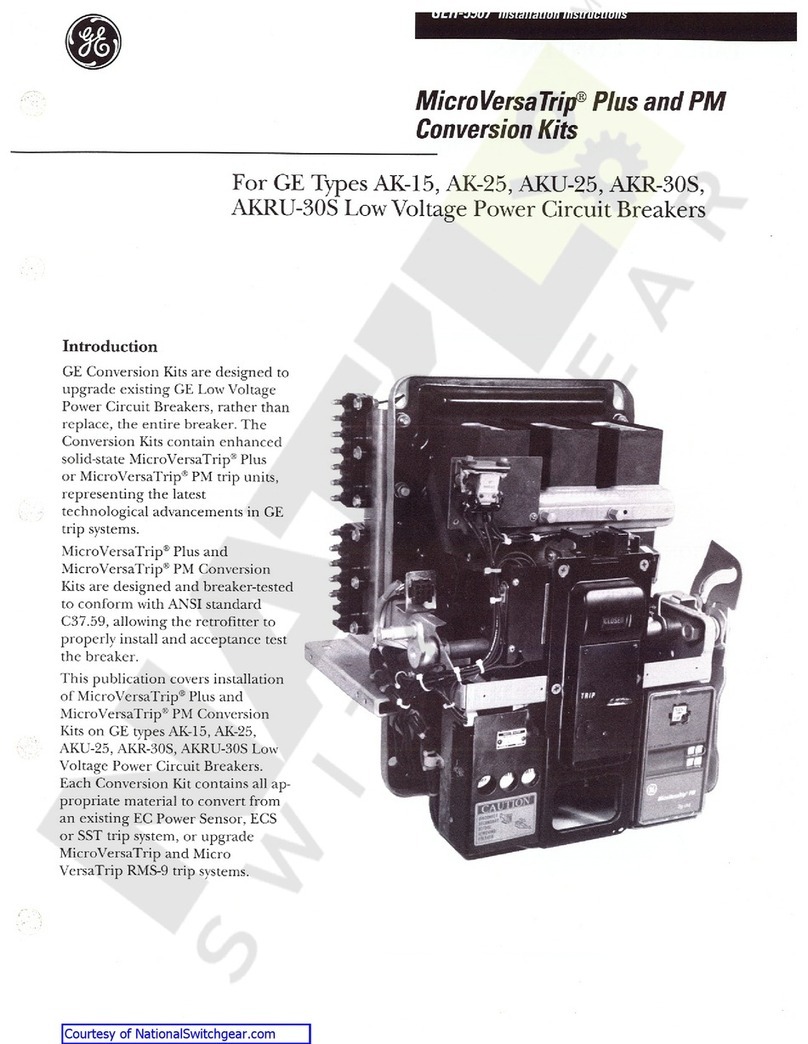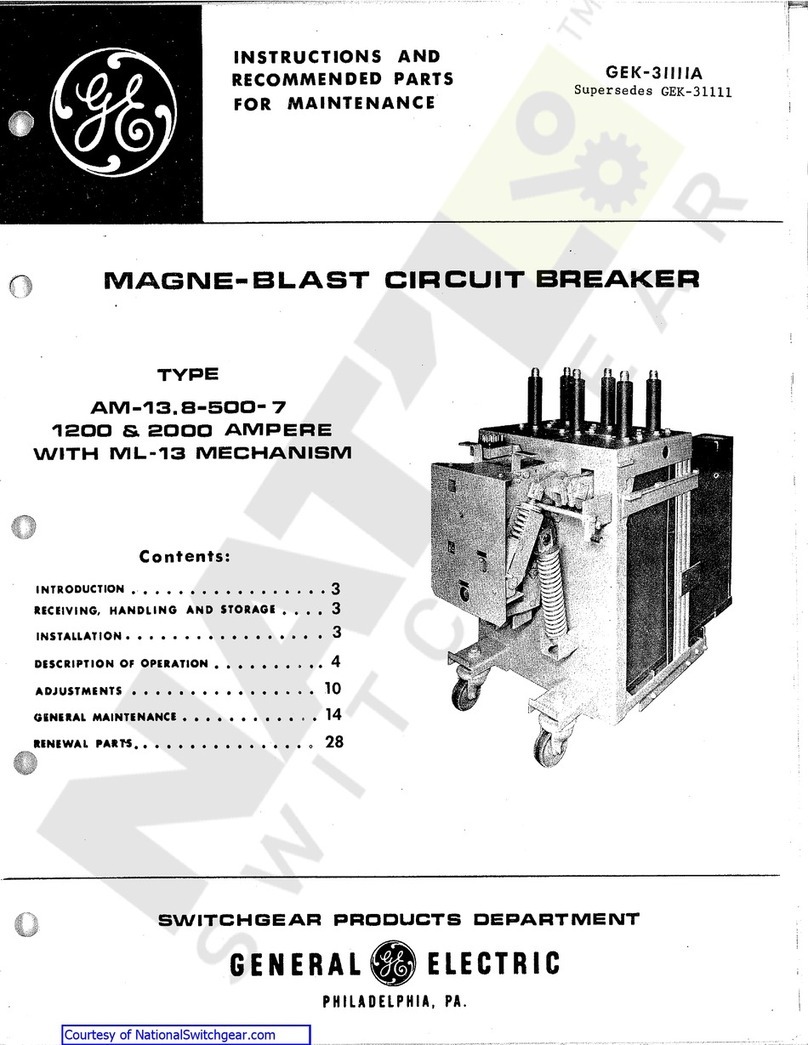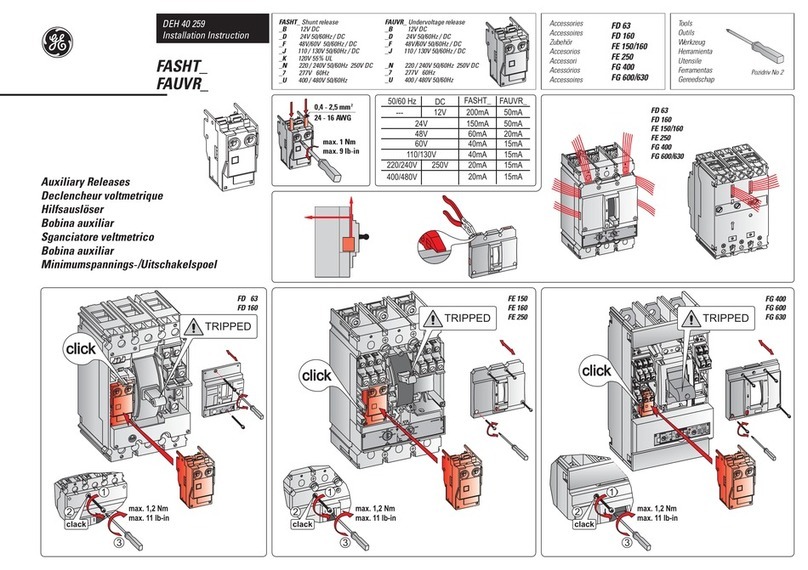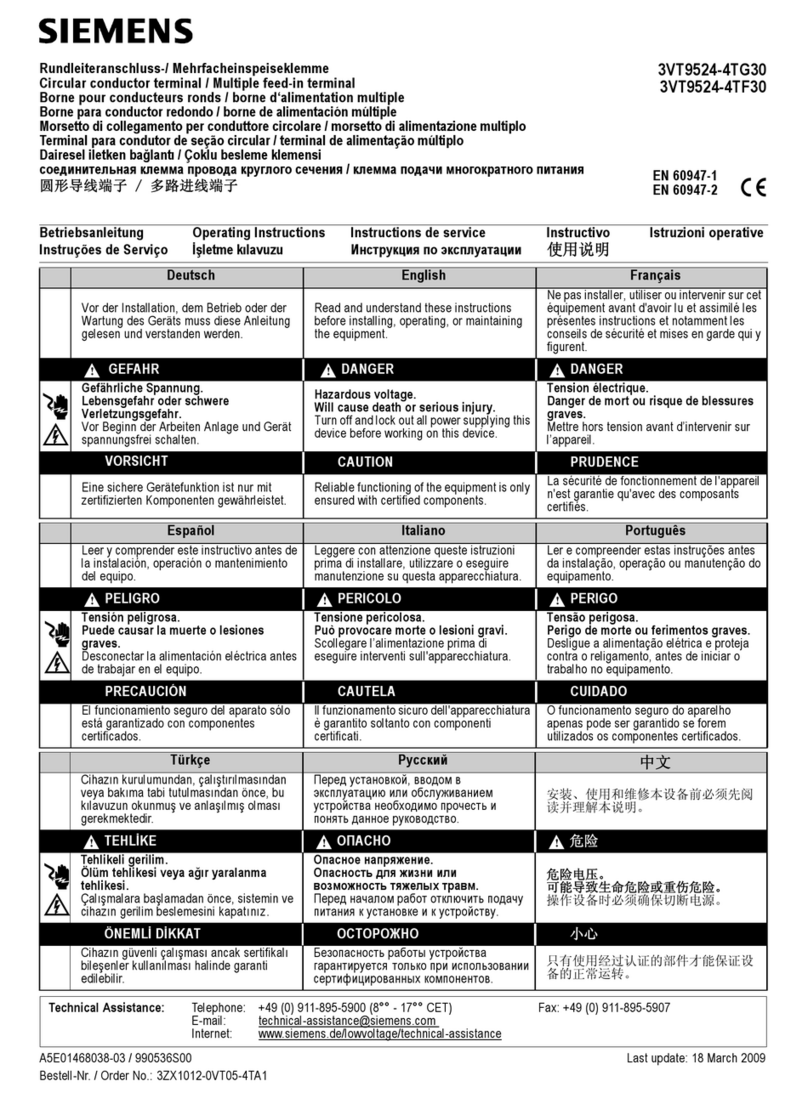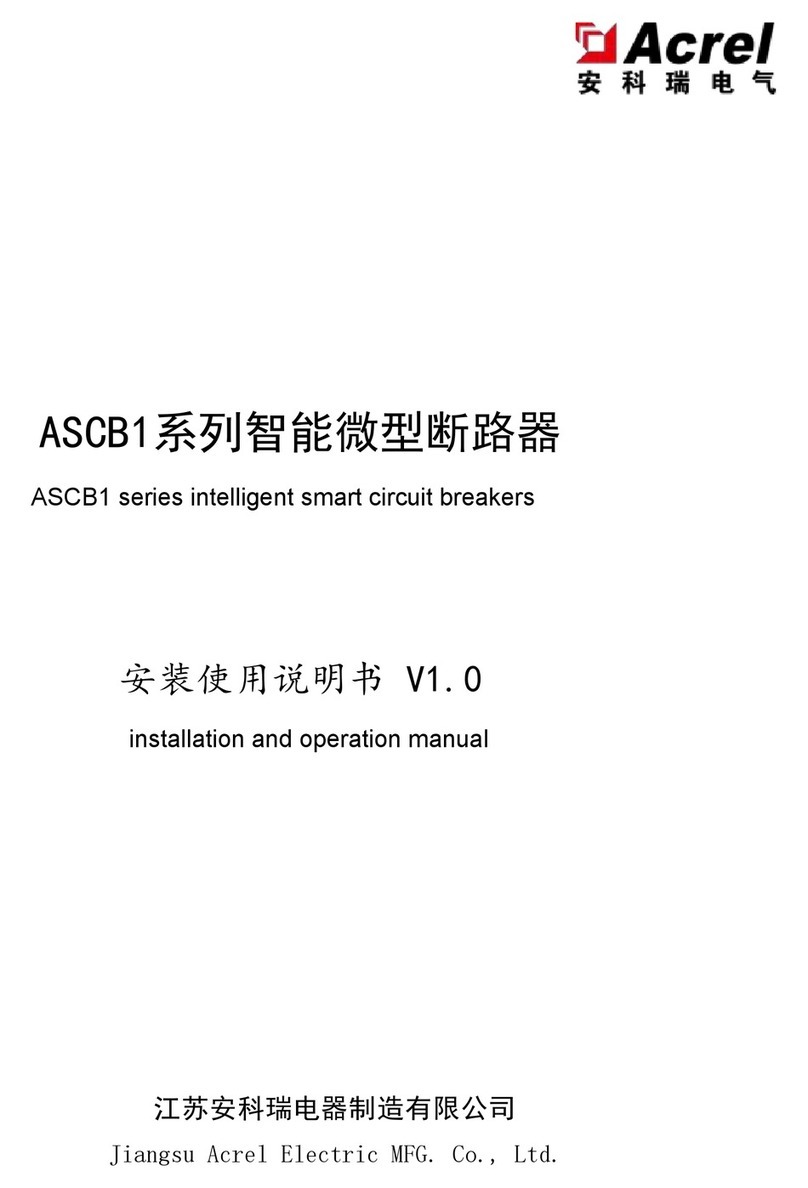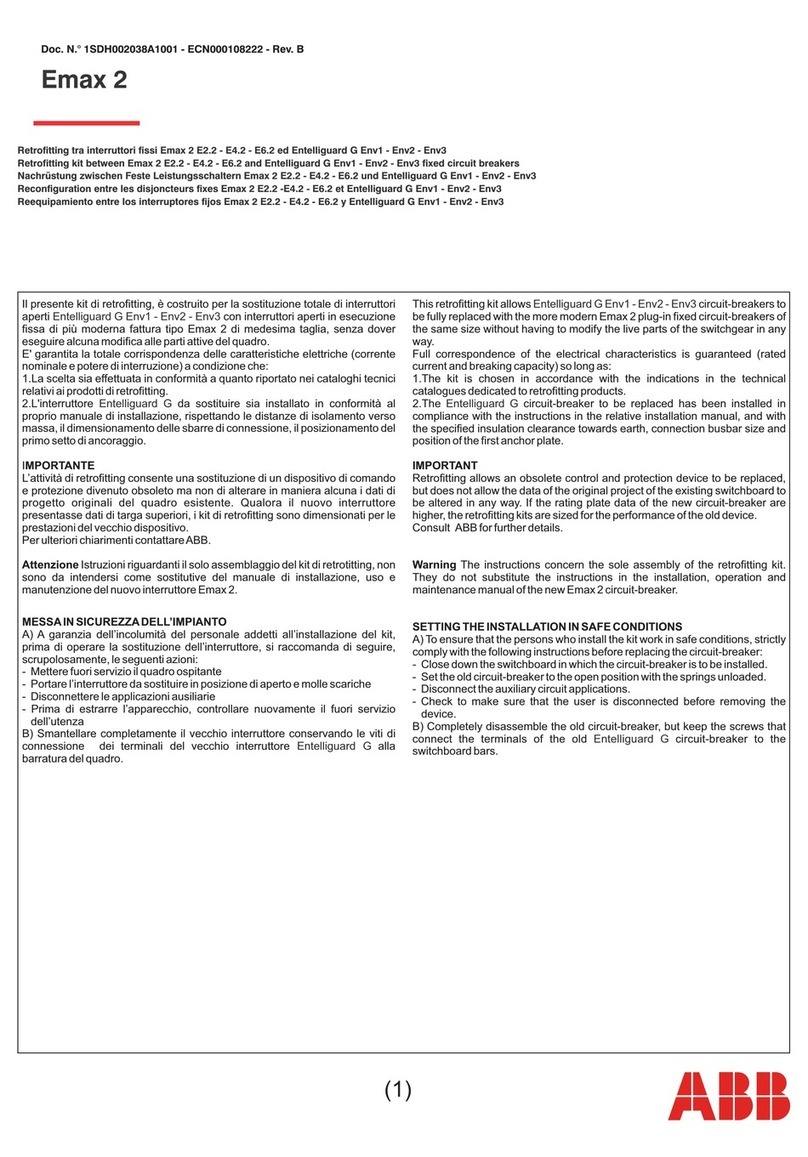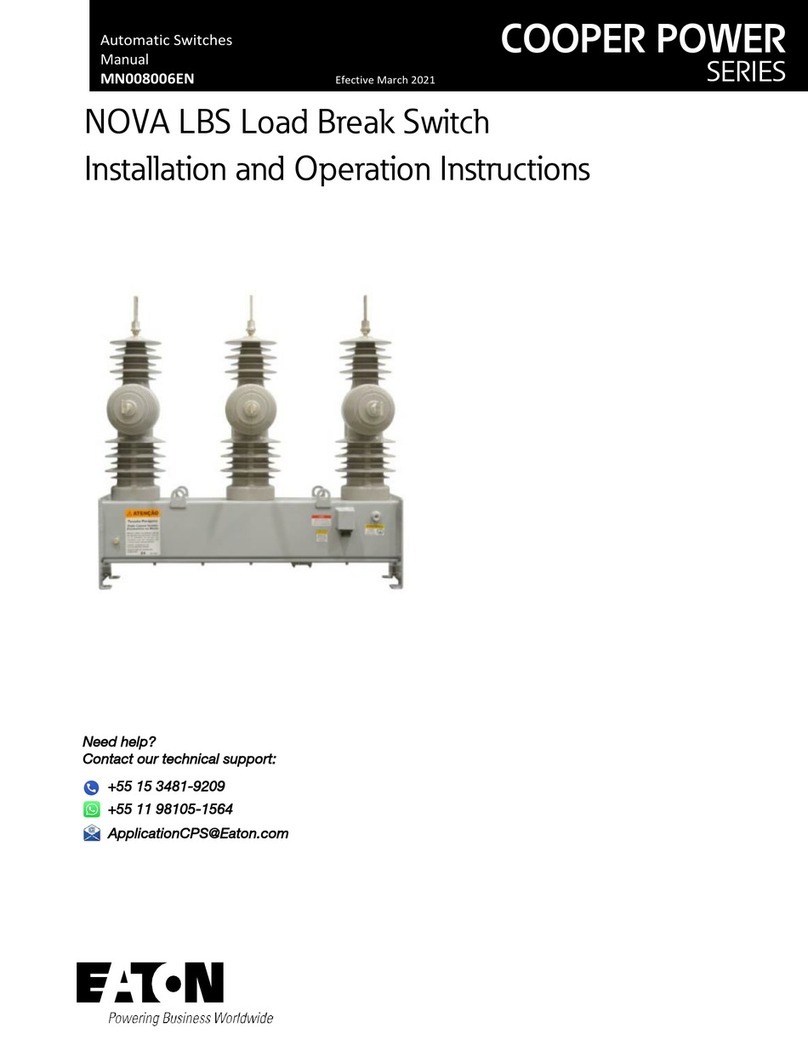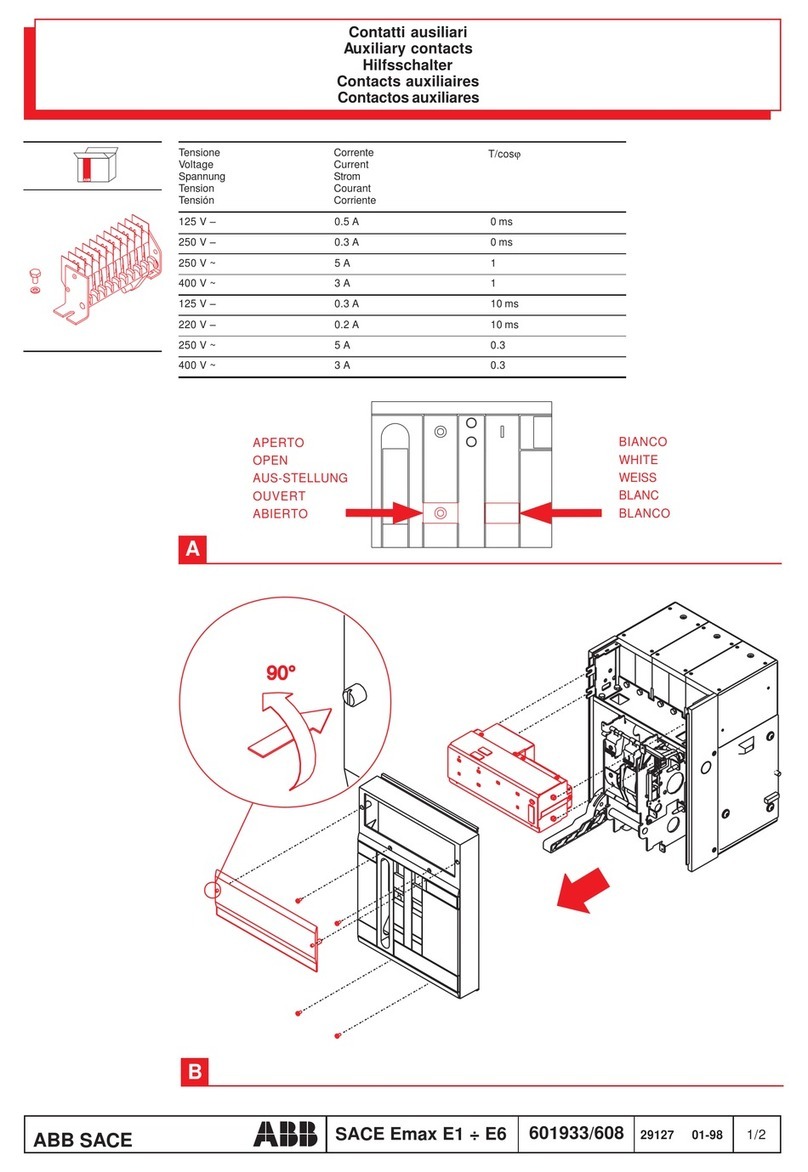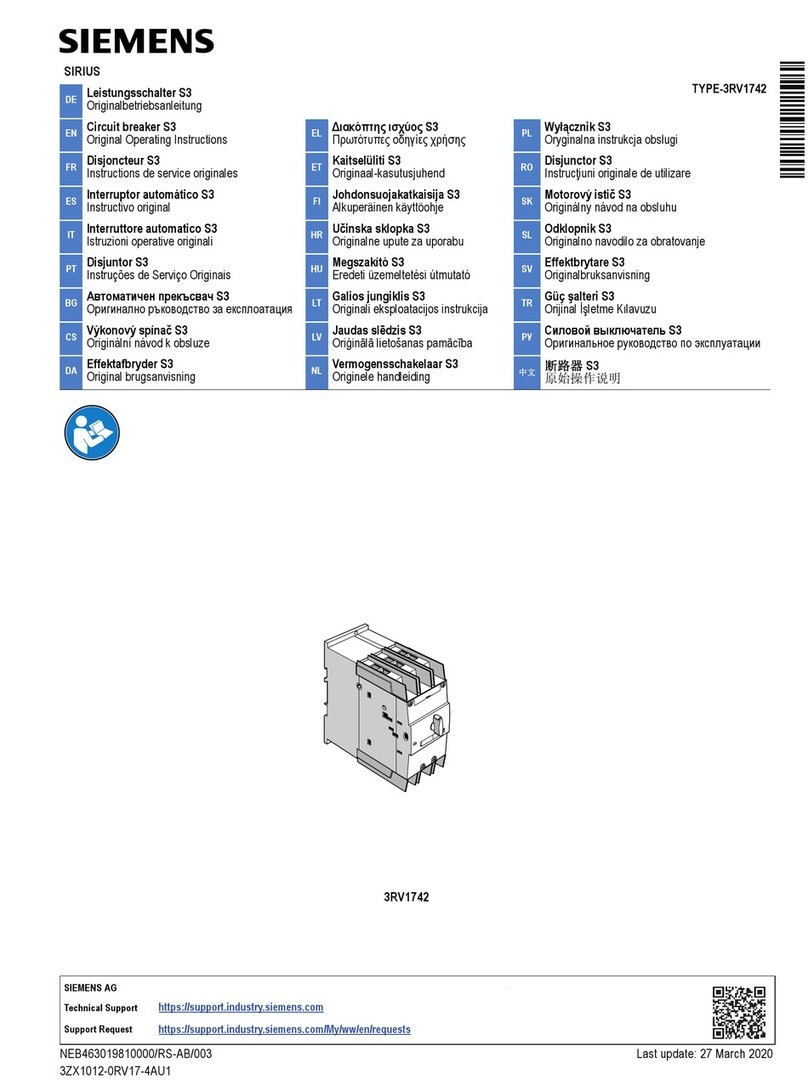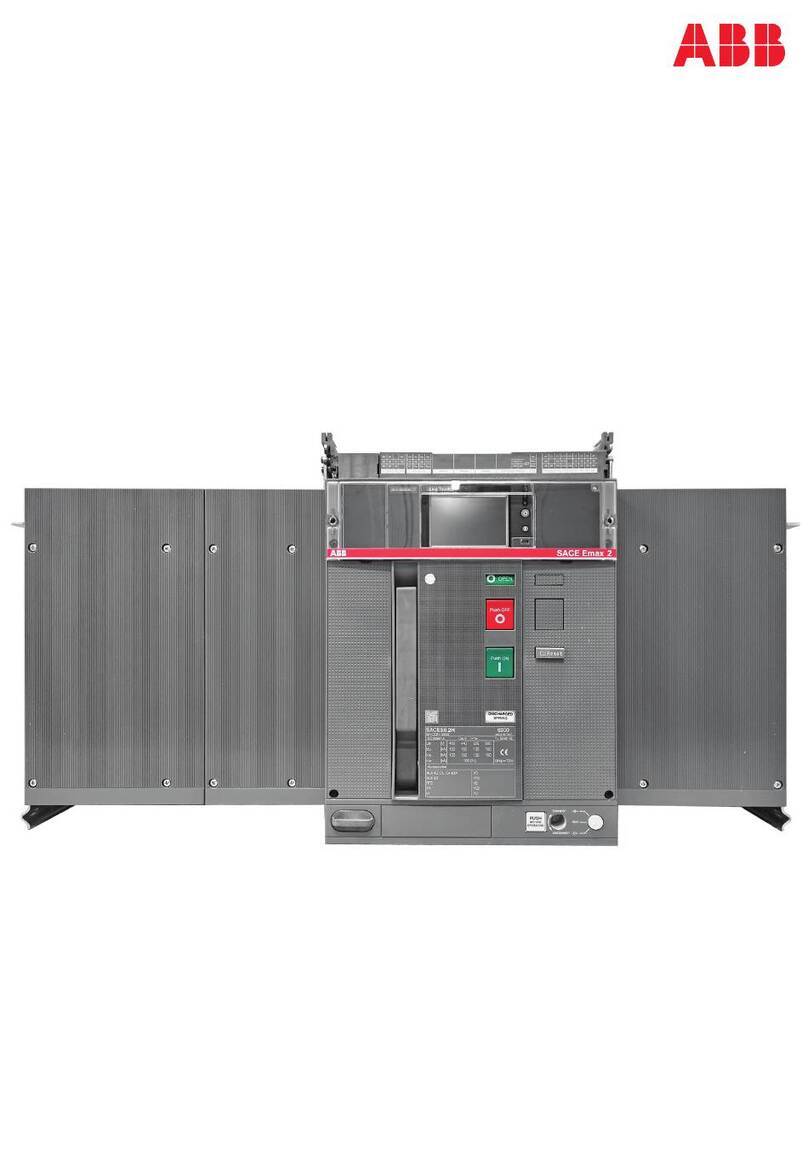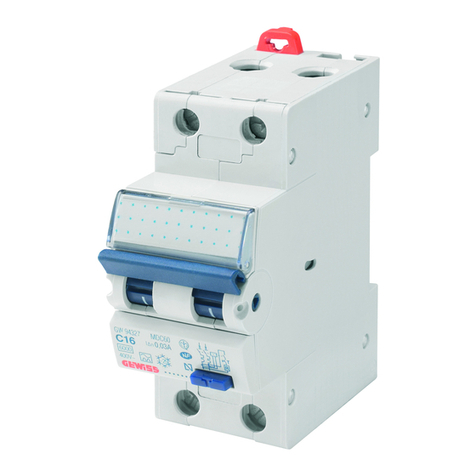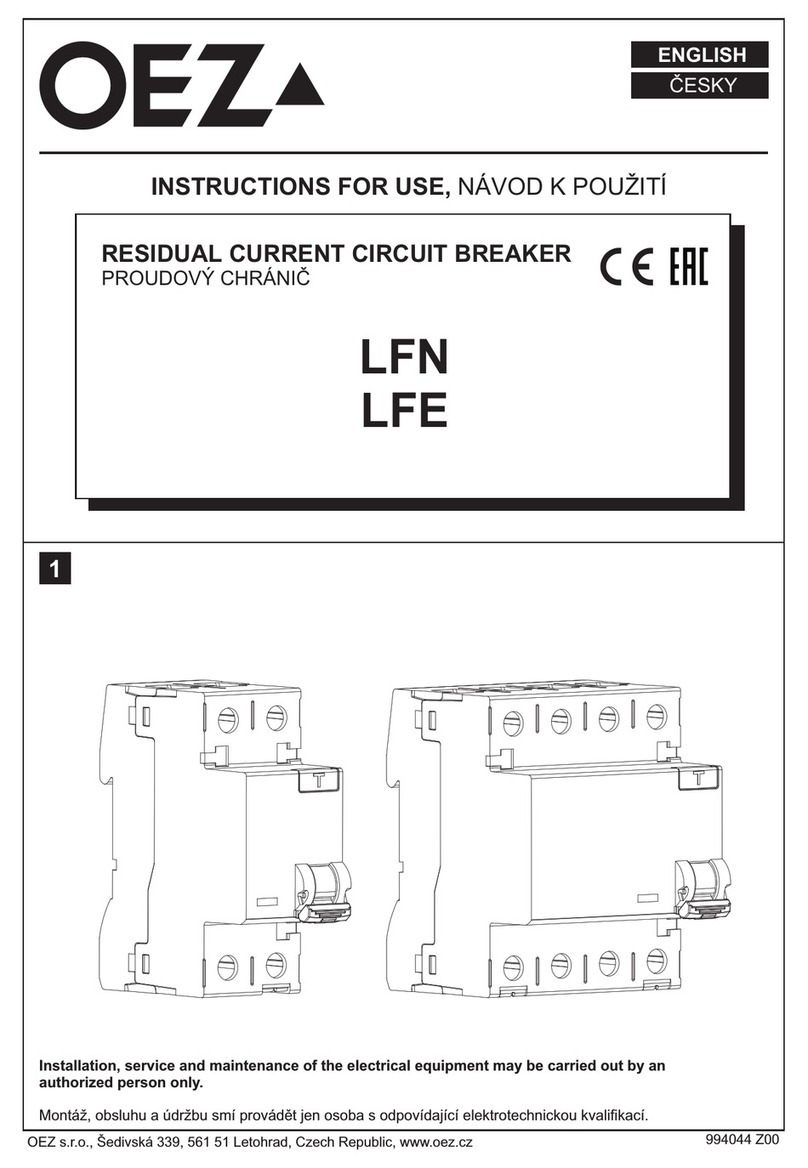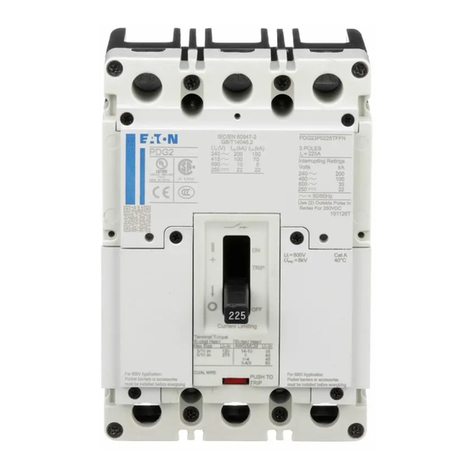GE AM-4.16-250-6C User manual
Other GE Circuit Breaker manuals
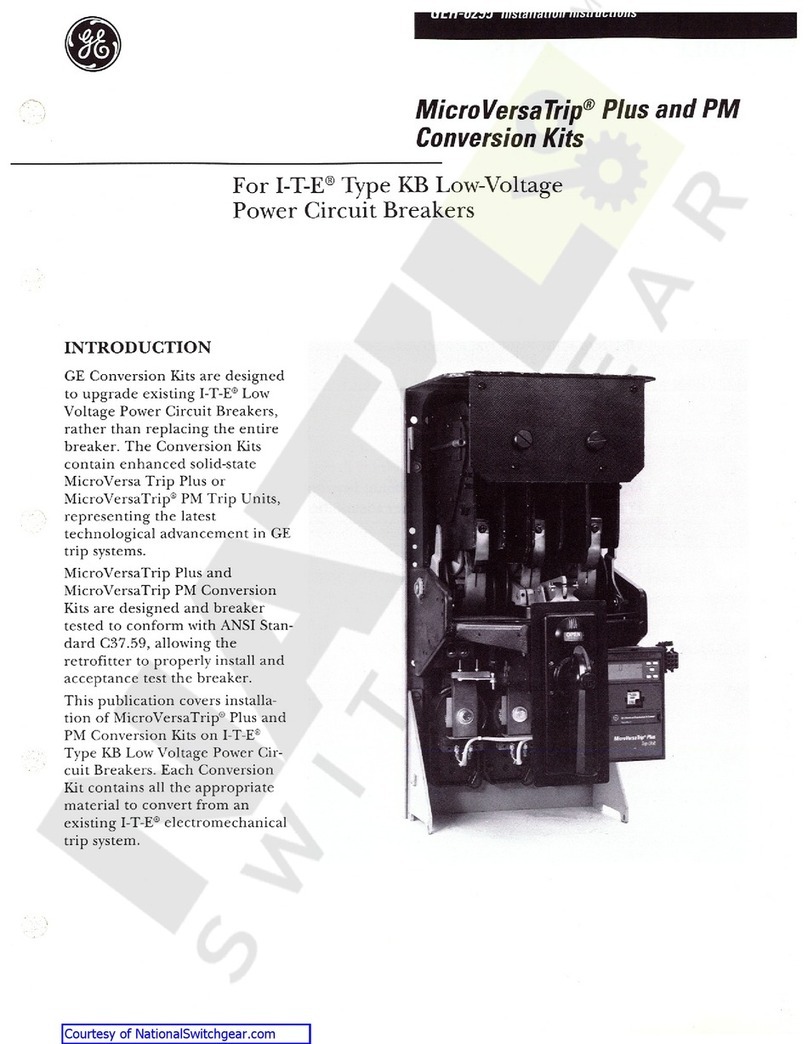
GE
GE MicroVersaTrip Plus User manual
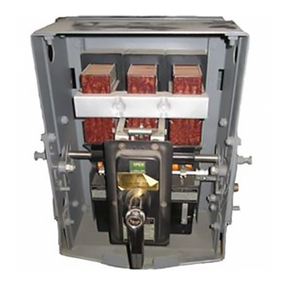
GE
GE AK-1-15 Series User manual
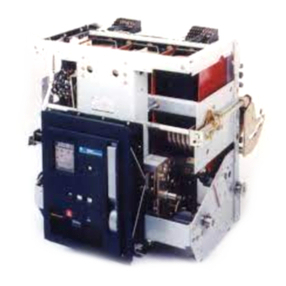
GE
GE WavePro 3200 A User manual
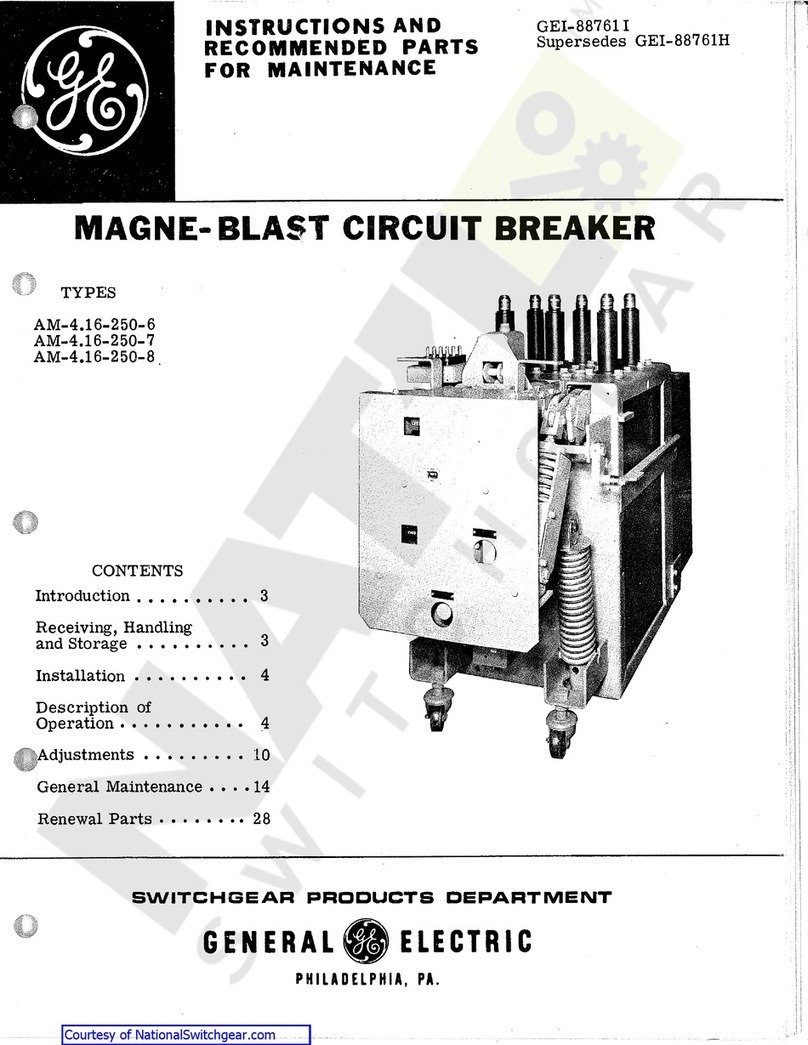
GE
GE AM-4.16-250-6 User manual
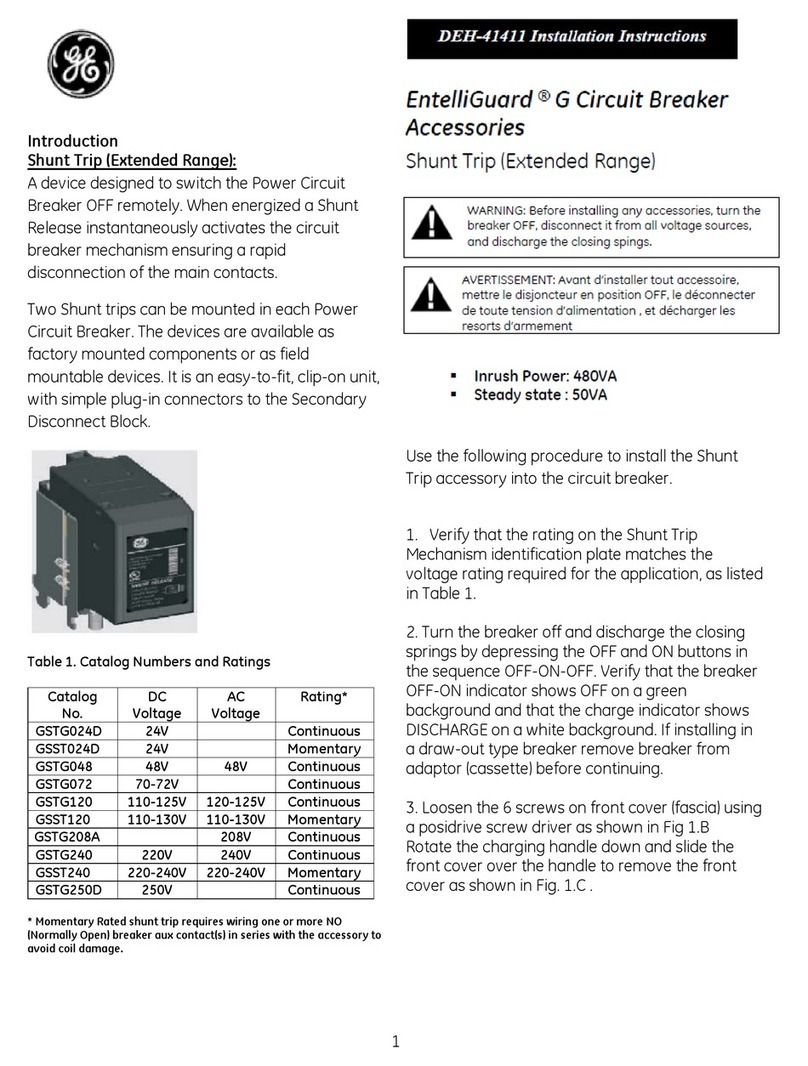
GE
GE GSTG024D User manual

GE
GE AKR-5-100 User manual
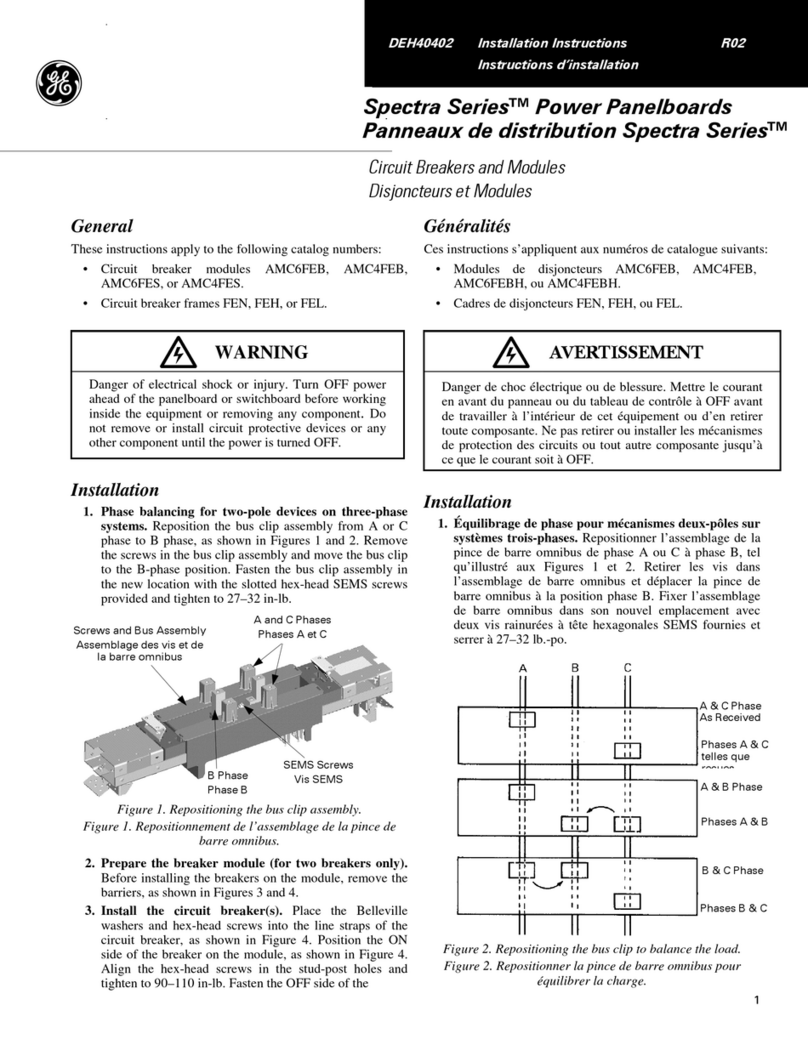
GE
GE Spectra Series User manual
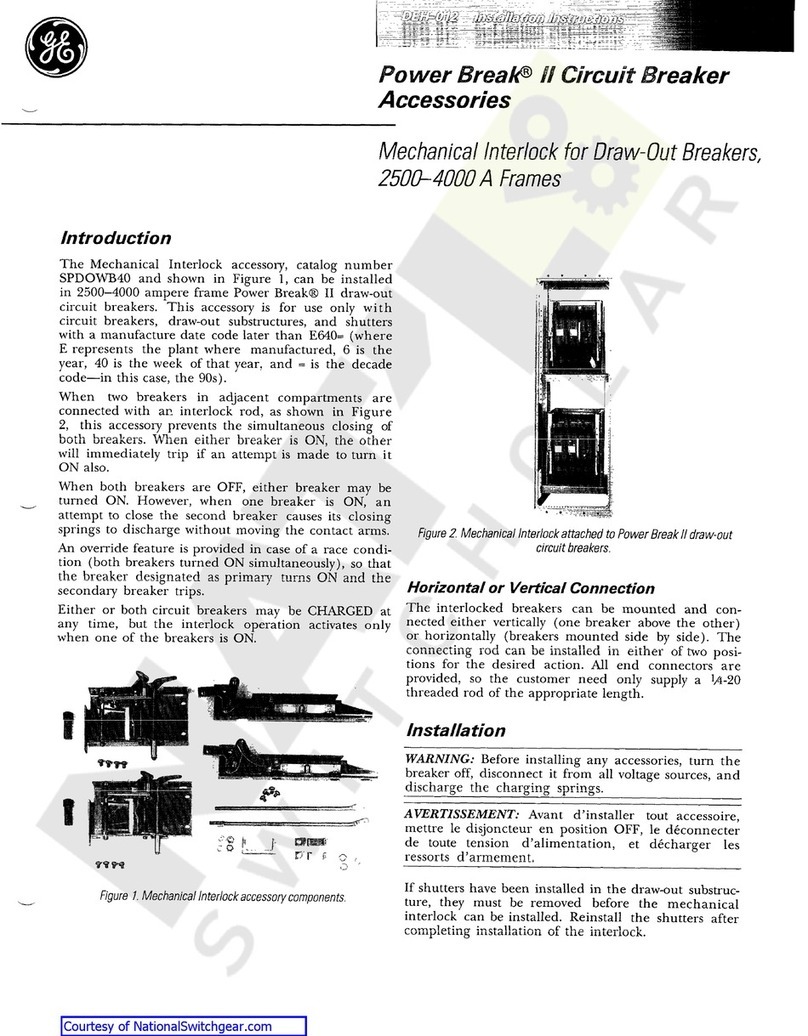
GE
GE Power Break II User manual
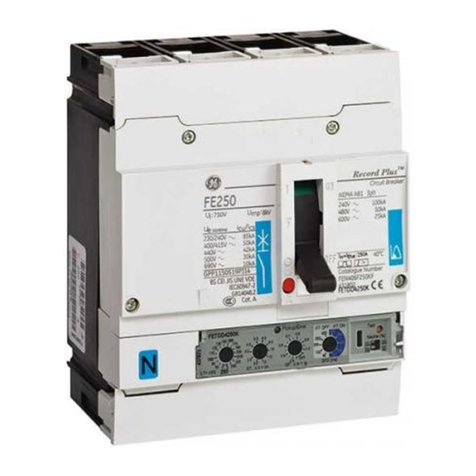
GE
GE FE 160 User manual
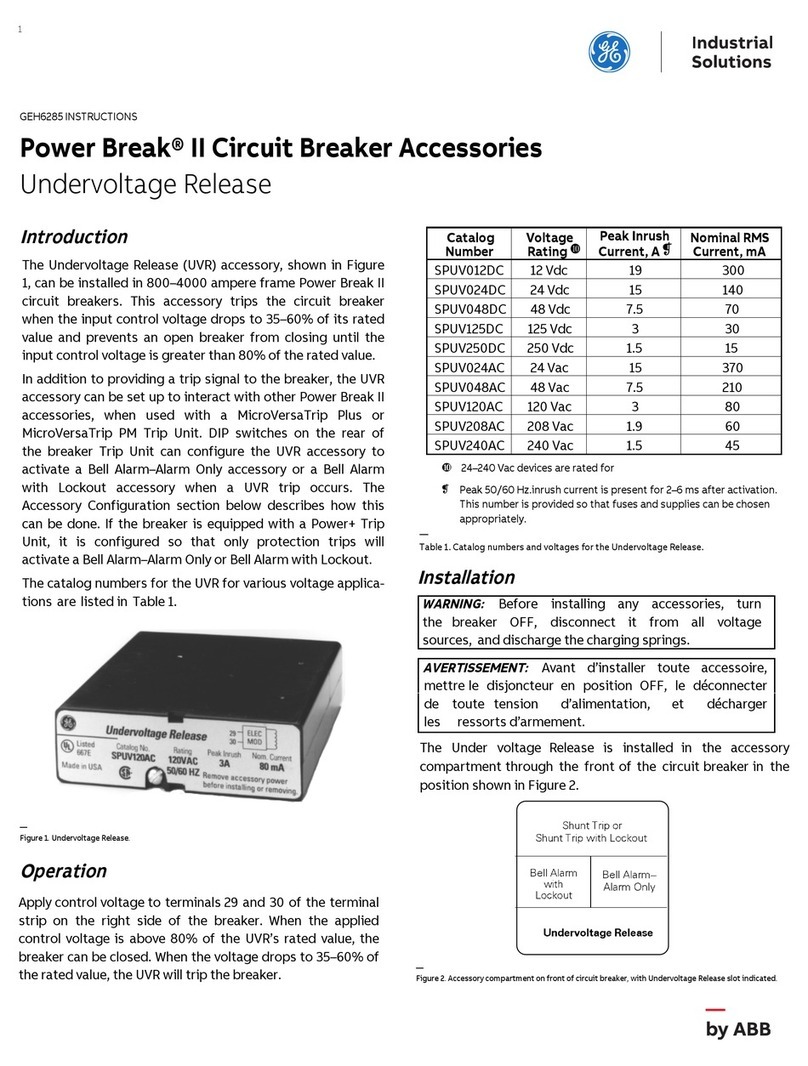
GE
GE Power Break II SPUV012DC User manual
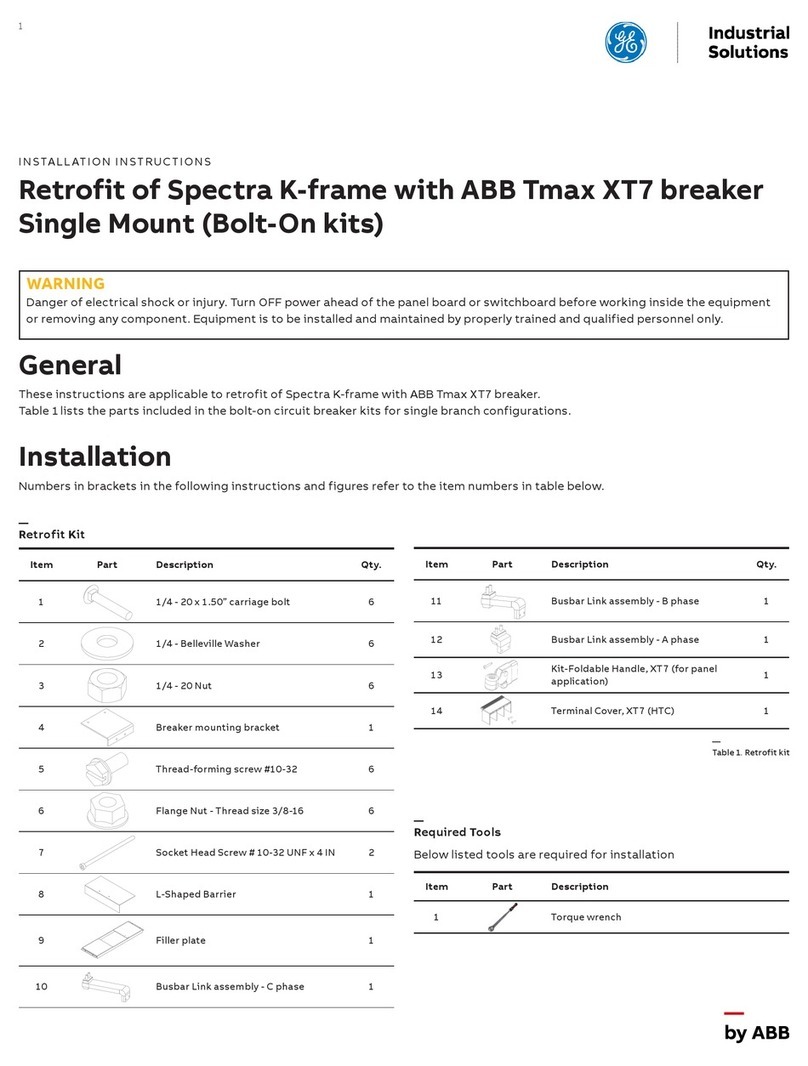
GE
GE Spectra K-frame User manual
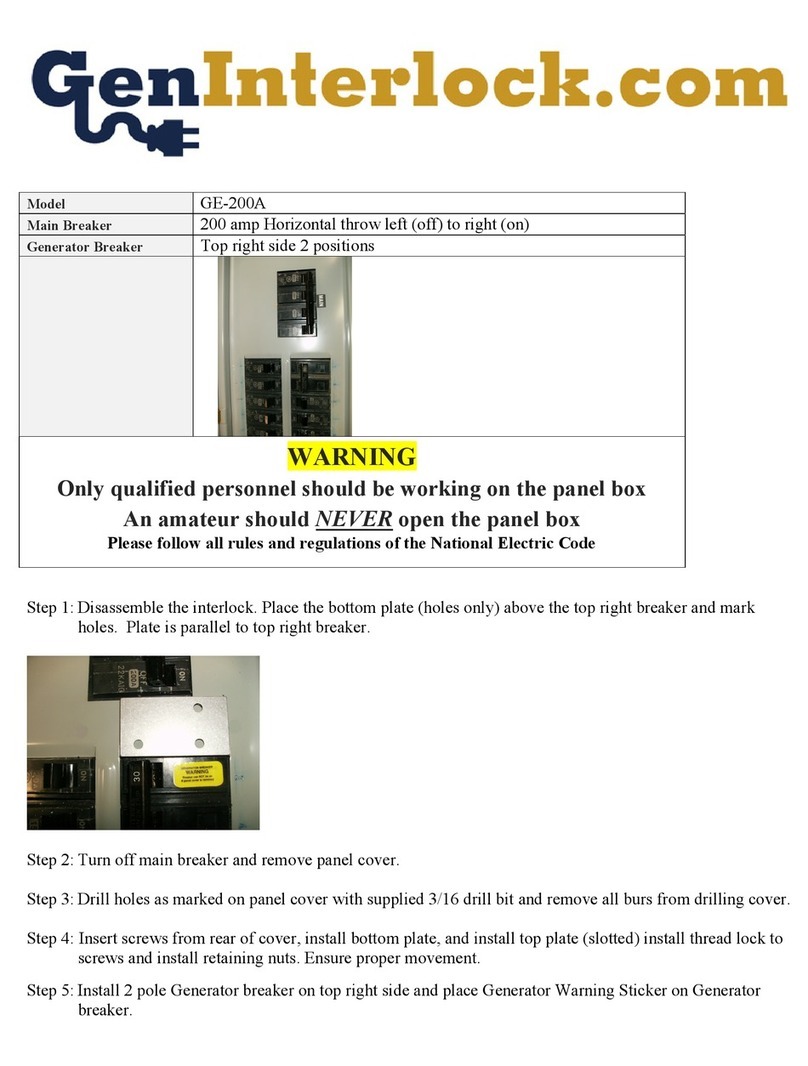
GE
GE GE-200A User manual
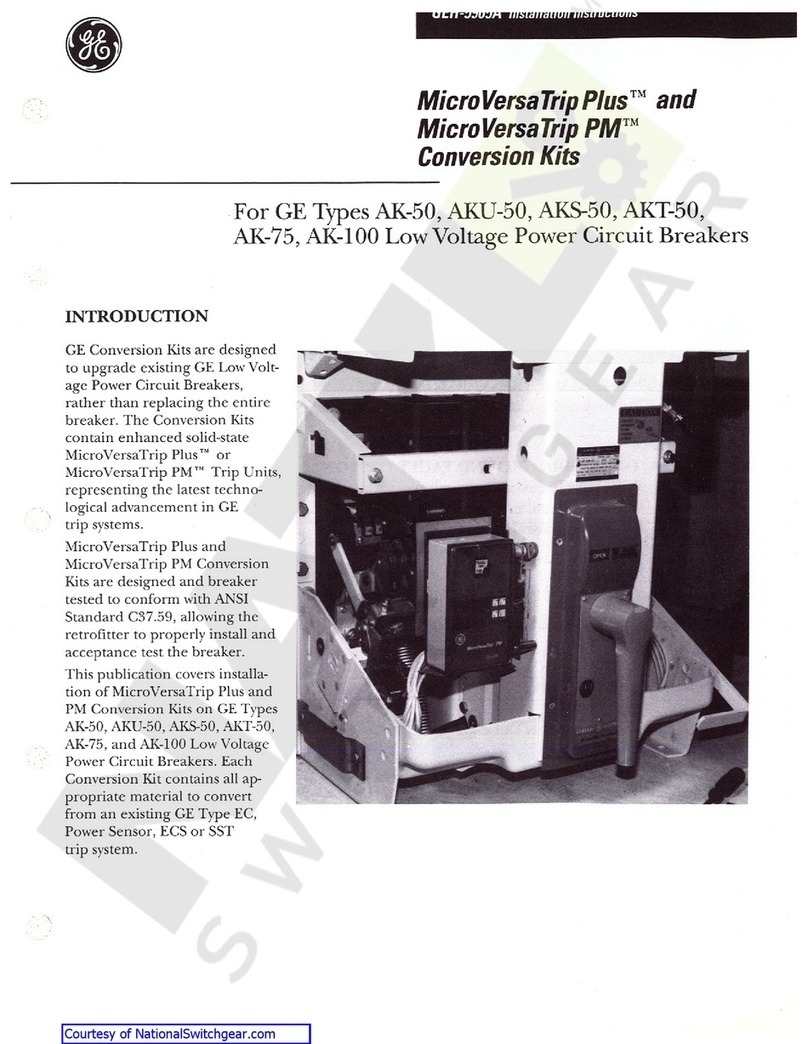
GE
GE MicroVersaTripPlus AK-50 User manual
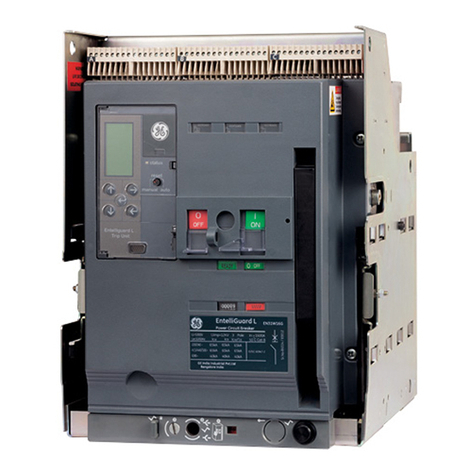
GE
GE EntelliGuard AKR30S-800A User manual

GE
GE Power Break II User manual

GE
GE MicroVersaTrip AK-50 User manual

GE
GE Power-Break TSUV1 User manual
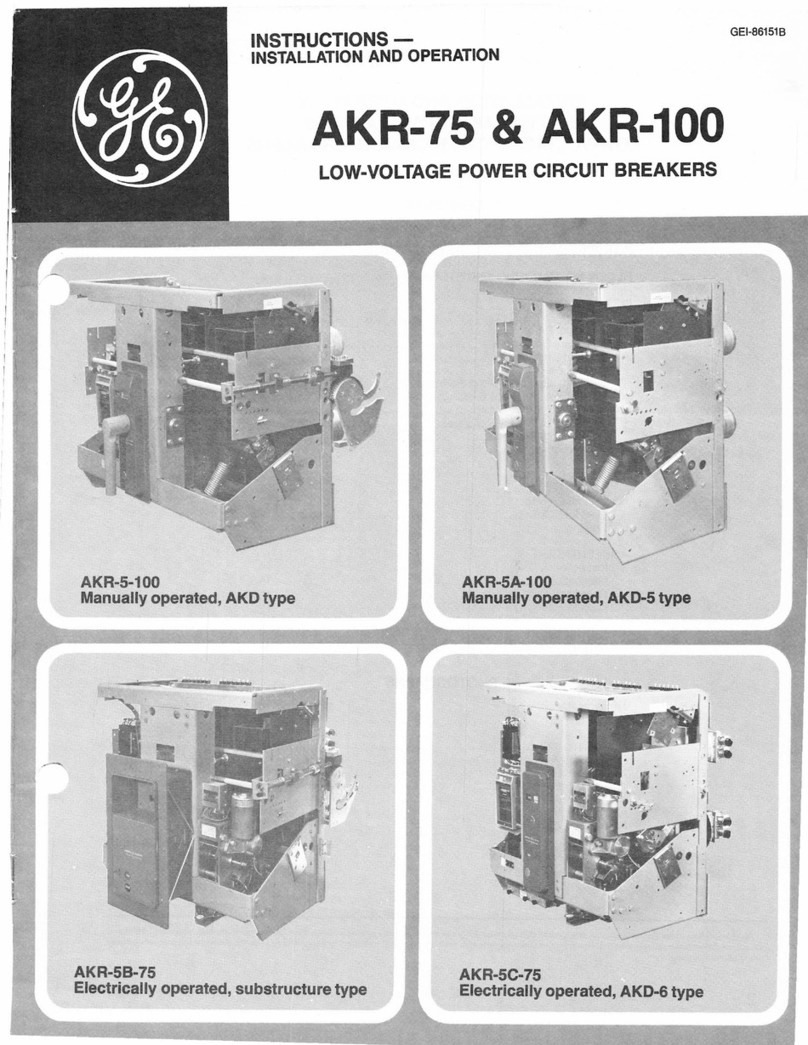
GE
GE AKR-75 Series Programming manual
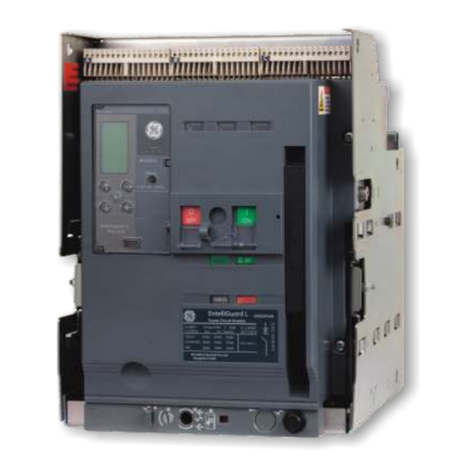
GE
GE EntelliGuard L User manual

GE
GE Spectra Series AMC3FGB User manual
Popular Circuit Breaker manuals by other brands
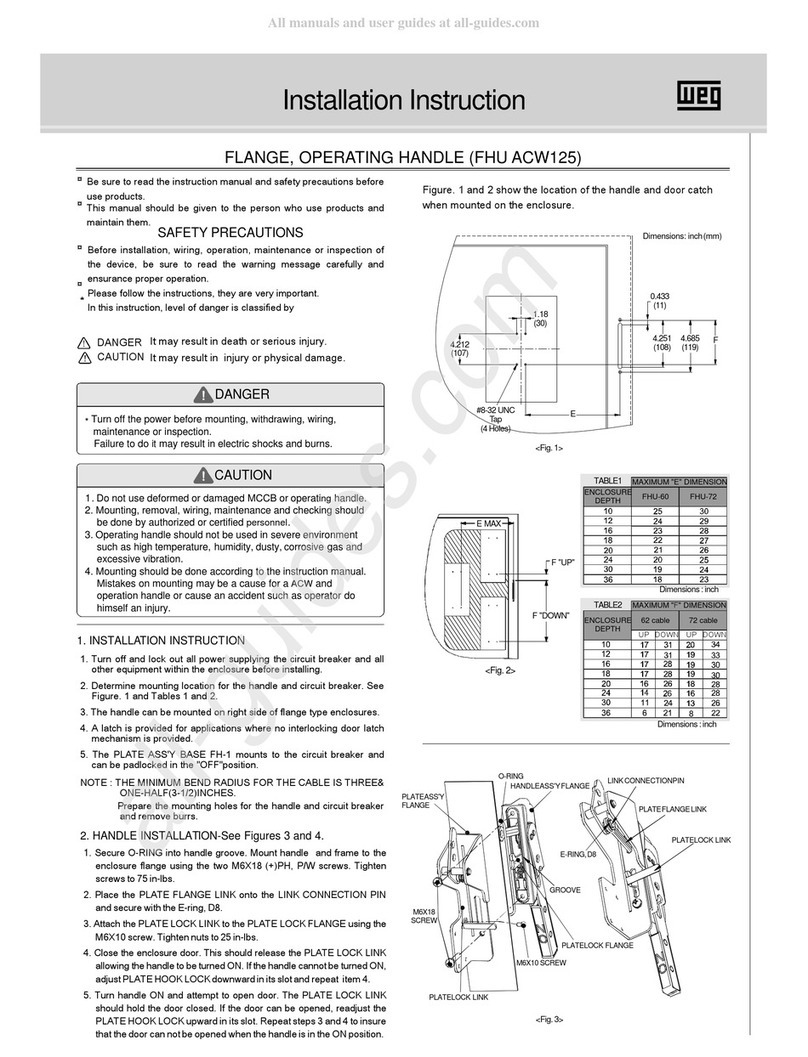
WEG
WEG FHU ACW125 installation instructions
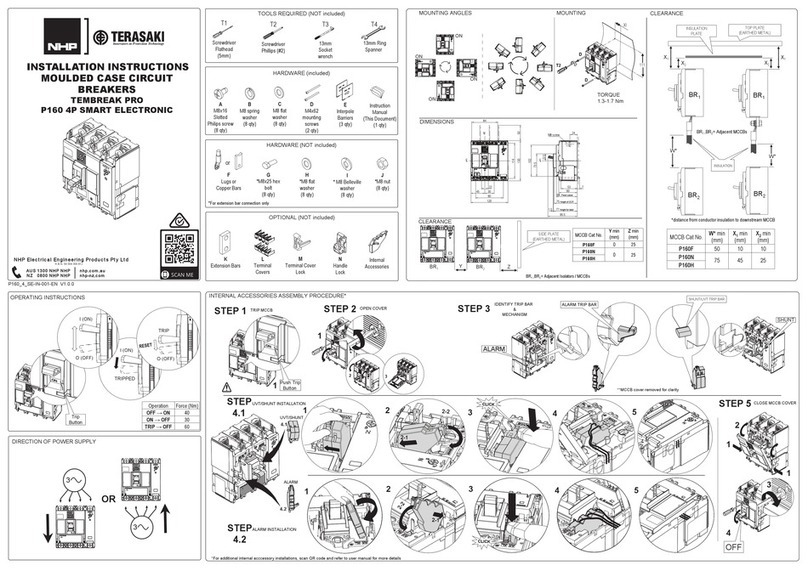
TERASAKI
TERASAKI NHP TemBreak PRO P160 Series installation instructions

Siemens
Siemens Sentron 3VA9157-0PK1 Series operating instructions
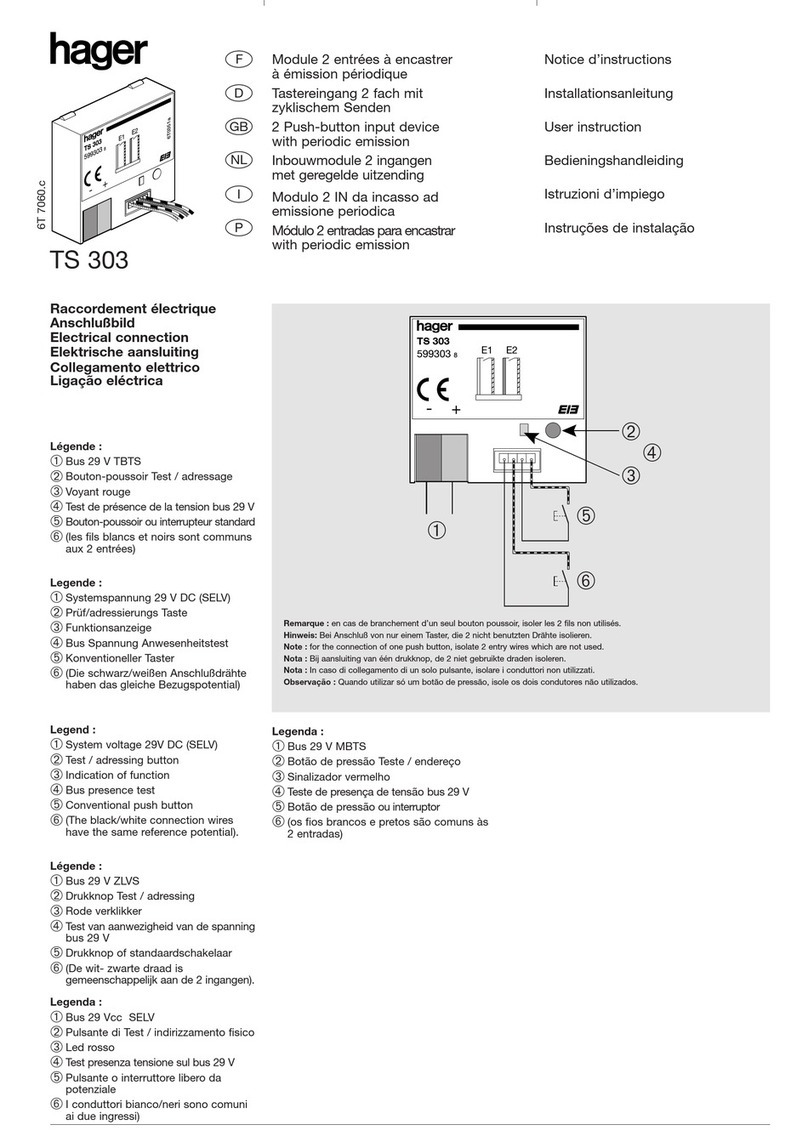
hager
hager TS 303 User instruction
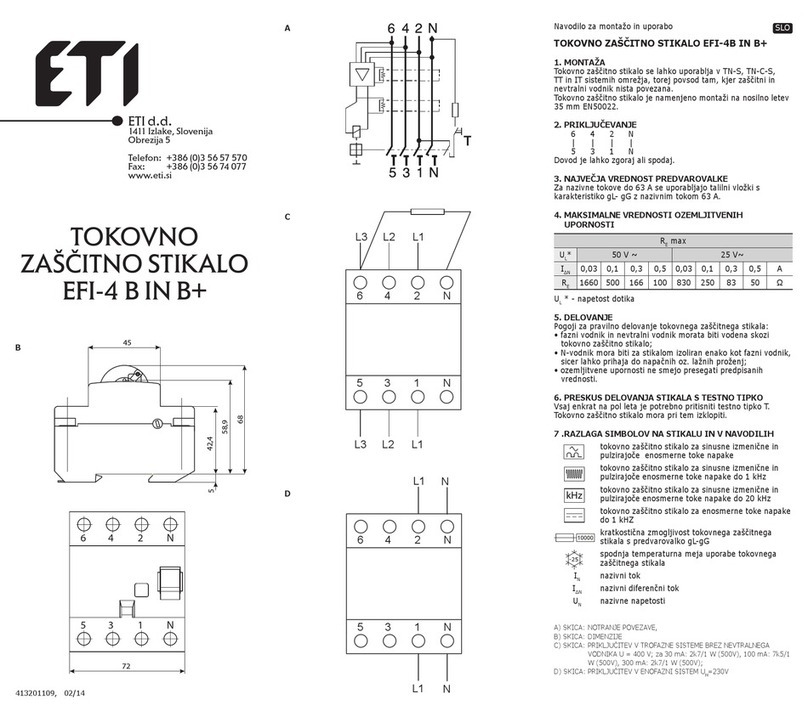
ETI
ETI EFI-4B Instructions for mounting

Gladiator
Gladiator GCB150 Installation instruction
